“At the first Festival of the Desert in 2000/2001 there were many musical revelations – Tinariwen’s trajectory has been well documented – but another very different group had a huge impact on me: Super Onze de Gao just played one rhythm, but what a rhythm! Devastating and unlike anything I’ve heard, the relentless beat from the two calabashes had the impact of the first time I heard the Burundi Beat, or the Musicians of Jajouka. Two distorted desert lutes circled around each other calling to mind Hendrix’s most trancey moments or Howlin’ Wolf’s band when their sound turns into a web of abstract groove. I love the way the Super 11 Album sounds, I love the rawness and distortion and the heavy calabash sound. This CD brings to the West for the first time the undiluted sound of the Takamba – Not for the faint hearted – it deserves to be heard by everyone who loves wild groove music with no limits.” – JUSTIN ADAMS.
Gao and takamba: the background
The Niger sparkles like a giant sapphire luxuriating on a bed of green velvet as it flows past the city of Gao. All around the far horizons are dry, earthy-brown and immense. Travelers coming down from the arid Sahara drink their first sight of the great river from higher ground just to the north of the city. Vivid, intense colour floods back into their monochrome world. The promise of all that endless rolling blue water revives their parched senses. Thanks and praises are intoned by cracked lips. The desert crossing is over and the ‘shore’ of black Africa, or the Sahel as the Arabs called it, has been reached.
Until a few years ago, you had to navigate the Niger on a rickety old car ferry if you wanted to reach Gao on the main road from the west. Nowadays, a gleaming new Chinese-built bridge spans the sedate waters. The local people – mainly Songhai (pronounced ‘son-rai’ or ‘son-goy’), but also Tamashek, Bozo and Fulani – hope that this incongruously flashy piece of infrastructure is a sign of things to come. For far too long, their once proud homeland has been reduced to a quiet backwater, starved of attention, deprived of investment and stuck out on the eastern perimeter of Mali, far from the seat of power and influence in the capital Bamako.
Gao’s illustrious past owes everything to its prime location at the junction of the Niger and the Tilemsi valley, a huge superhighway of sand and rock that runs from north to south across the southern desert. Before Timbuktu stole its crown in the 16th century, the city was the biggest caravan ‘port’ in this part of the Sahara, a proud and preeminent trading hub where gold, salt, slaves, ostrich feathers, ivory, millet and all the produce of Africa set out on its journey north to the Mediterranean and the Middle East. Coming in the opposite direction, traders and students brought Islam and the cultural wealth of the Maghreb, Egypt and beyond, turning Gao into a Mecca of culture as well as trade.
In the fifteenth century, the great Songhai ruler Sunni Ali founded an Empire that stretched from the Aïr desert in the east to the Atlantic Ocean in the west. Ali’s successor Askia Mohammed built and endowed universities and koranic schools, unifying his vast Imperium under Islam and establishing a sophisticated bureaucracy and legal system. Before the Moroccans invaded in 1591 and brought Gao’s dominance to an end, the Songhai Empire was one the largest and most sophisticated political entities that Africa had ever known. Two and a half centuries later, the German explorer Heinrich Barth found all that glory reduced to nothing more than a sleepy town of 300 adobe dwellings, sweltering by the cool evergreen shores of the great river.
Despite its waxing waning economic fortunes, Gao has always been certain, and proud, of its musical wealth. Songhai culture has given us Ali Farka Touré, Afel Bocoum, Baba Salah, Khaira Arby and Ibrahim Hamma Dicko, as well as a rich catalogue of different rhythms, instruments and musical styles. Among the most popular is takamba.
Takamba is music made for celebration; weddings mainly, but also birth and circumcision parties, harvest thanksgivings, festivities to mark the end of Ramadan, The Prophet’s birthday or the feast of Tabeski – as Eid is known in Mali – and many other occasions of communal joy. They say that takamba has its origins in a neighbourhood of the same name situated on the edge of the small town of Témera, up-river north of Gao, on the road to Bourem. Its driving force is the unmistakable takamba rhythm which pulses on the boom and bip before lurching at the end of every phrase, catching the uninitiated in mid-step. Try and imagine the lope of a camel combined with the flow of a vast sedate river and you’ll be getting close. This beat is locked down by one or more players of the calabash, a species of over-sized died out pumpkin gourd that sounds like an entire drum kit in the hands of skilled player, with its deep booming bass thump and rattling ‘hi-hat’ click.
Atop this sedate beat come the ngoni players. The ngoni is a three or four stringed lute. The Songhai call it the kurbu, and the Touareg the teherdent. With generous historical license you could call it the great granddaddy of the blues guitar and you wouldn’t be too far wrong. The takamba musicians play the ngoni sitting down, with the instrument lying on the floor and one knee pressing down on its body, as if they’re taming a wayward animal. With their flowing bouboul robes and heads enveloped in a cheche or turban, the ngoni players cut a cool debonair figure as the notes flutter and fizzle out of their fingers in a bewildering bluesy stream. In the last three or four decades, the ngoni has usually been stuck through an amp and a pair of deliciously distorted speakers. Super Onze employ the vintage bullhorn variety. This gives the music a modern punch and grimy edge that could easily rival The Velvet Underground or The Jesus and Mary Chain. Sometimes the ngoni is substituted with an electric guitar thus sealing its contemporary transformation.
The final layer in the takamba sound is the praise singer, the lead vocalist who directs proceedings. Takamba is a generous music. Its role is to make people feel important and happy. The lead vocalist will praise the bride’s beauty, the bridegroom’s strength, the illustrious lineage of the bride’s mother, and the great deeds of the bridegroom’s father. He’ll tell stories about the guests or recite ancient tales of love and bravery, compliment dignitaries for their honour, their astuteness and their generosity, making sure that the power structures that underpin society are recognised and reaffirmed in joyful music. In that sense, takamba, like all praise-music, has a very political and social purpose, which it fulfills in an understated non-confrontational manner.
And then there are the dancers. Not for takamba the wild gyrations and flailing limbs of many other Malian dance styles. Takamba moves are all about dignity, restraint, undulating limbs, covert smiles and trysting eyes. The dancers generally form two orderly lines which face each other, one for the women and one for the men. Sometimes they stand, sometimes they’re seated. The more traditional mode is the seated one, which places further restrictions on unseemly bodily movement but intensifies the subtle beauty of the dance. Takamba dancing is a metaphor for flowing water. It’s the body’s hymn to the river, the source of all life. All passion, all excitement is subsumed in its gentle undulations. But those passions still lurk beneath, just like the currents of the great river. That’s why some swear that takamba is the most erotic dance form in the whole of west Africa, albeit eroticism of the subtlest kind.
Both the city of Gao and the takamba style itself sit neatly and squarely on the frontier between two cultural spheres: the ‘white’ Arab / Berber culture of North Africa, and the black African culture of the Sahel and beyond. Although the Berber Kel Tamashek, or Touareg, and the black Songhai peoples have long been adversaries and have even known periods of open conflict in the past three decades, it’s common for takamba groups to feature both Songhai and Touareg musicians. For that reason, takamba is a potent and valuable bridging style, which stretches hands out across a fundamental cultural divide, and invites them to shake and make peace. Some even say that “take the hand” is one of the meanings of the word ’takamba’.
Super Onze de Gao
Super Onze de Gao was founded in the early 1980s by Haziz Toure, Asaalya Samake and Agita Moussa Maiga, who became the group’s first president. All three were Songhai men from Gao. In the venerable tradition of so many west African music ensembles, Super Onze was created in order to entertain at community celebrations, preserve traditions, propagate culture and create a kind of ‘club’ or community organization which could support the needs and nurture the talents of its members. In other words, it was more than just a ‘band’ in the European sense of the word. The founding members are still alive, but now it’s the next generation that fills the active roles in the group. That’s another advantage of their typically African orchestral structure. It doesn’t depend on any one individual or person for its survival, and can thus better cope with the passing of time.
Initially Super Onze de Gao played in their own homes, three or more times a month and especially on Fridays, the day of prayer and rest in the Muslim week. From the beginning they concentrated strictly on the takamba style, and were soon a popular feature of local weddings and festivities. In 1985 they gave their first ‘official’ non-festive concert, at an election gathering in Gao. The ex-military dictator of Mali, Moussa Traore, was returned to the presidency with an absurd 99.94% of the vote that year.
In 1986, Super Onze de Gao were invited to perform for the Songhai community at the French Cultural Centre in Niamey, the capital of neighbouring Niger, which is about a day’s journey from Gao by road. Throughout the ensuing years, the group gradually consolidated their position as the number one takamba outfit in eastern Mali. They participated three times in Mali’s famous Biennales – a government sponsored national competition to find the best music ensemble, best theatre group and best dance troupe in the nation – representing Gao in regional and national finals.
The Biennales were instigated by Moussa Traore in 1970 to instil cultural pride and community cohesion in the various regions of Mali, especially among the youth. Traore also hoped to strengthen the patriotic glue that bound Mali’s huge variety of cultures and ethnic groups together. Like many African leaders at the time, he was trying to build a nation from elements that hadn’t historically had very much in common. Moussa Traore has been branded a brutal dictator by history, justifiably so, but his Biennale system is one of the reasons that Mali is one of Africa’s musical powerhouses today.
Sometime during the 1990s, Issa Toure took over from his father Haziz as the main singer of Super Onze de Gao. He is now their president. He comes from a family of Songhai farmers, rooted in the rich alluvial mud of the Niger valley. His son is also preparing to become a singer, and will hopefully take over the leading role in the group in due course.
Super Onze’s leading ngoni player is Yehia Mbala Samake, son of Asaalya Samake. Yehia comes from a caste of Songhai blacksmiths. The role of blacksmiths in Songhai and Touareg society is very complex and very important. They belong to an endogamous group, which means you can only be born a blacksmith, you cannot become one. Until recently they were responsible for making almost everything necessary for nomadic or sedentary existence: tents, swords, spears, camel saddles, leather bags and cushions, padlocks, cooking utensils and, most importantly, jewellery. They still make jewellery and many other artefacts. But the role of the blacksmith has never been confined to artisanal manual labour. They’re also storytellers and guardians of family histories and lineages. They’re often called upon to negotiate between two rival clans, and to arrange marriages. And it’s their duty to play music at feasts and festivities. As such, their role has many affinities with that of the Manding or Bamana griot.
Ahmed Ag Assalat, the second ngoni player, also comes from a family of blacksmiths, but in his case it’s a Touareg family. The other Touareg in the group are Aliou Saloum and Ousmane Yattara, who come from a family of wood sellers. The remaining two members of the group are dancer Fatoumata Sarre, daughter of a blacksmith and ‘Cola’ Toure, second calabash player and the son of a farmer.
In 2003, Super Onze de Gao were invited to the third edition of the now world famous Festival in the Desert, which takes place annually near the village of Essakane, by Lake Faguibine, 60 kilometres due west of Timbuktu. They were the unheralded hit of the Festival. Robert Plant became a fan overnight, as did his guitarist Justin Adams. Both harbour a life-long mission to seek out the distant African and North African ancestry of the American blues. When they heard Super Onze de Gao in the silky white dunes of Essakane, it was nothing short of a ‘Eureka’ moment. Ali Farka Toure asked Super Onze to warm up the crowd before his performance; a very wise choice.
Although Super Onze de Gao – who are also known by the alternative name Takamba Super Onze – became fêted regulars at the Festival in the Desert and were famous all over Mali, they failed to find a partner to help them launch an international career. They did make one off trips to Washington DC for the Smithsonian institute’s lavish festival of Malian culture in 2004 and the Sfinks Festival in Belgium in 2008. But it wasn’t until the arrival of the Dutch DJ and producer Horst Timmers, aka MPS Pilot that their dream of international recognition began to be realised.
Timmers saw Super Onze at the Festival in the Desert in 2003 and, along with so many others, was blown away. He returned to the Festival the following year, and found that the band’s impact even more powerful. In 2008 he travelled to meet Super Onze and put together a plan to launch their career outside Europe. He enrolled them into an ambitious project that melded takamba with electronica, or ‘la machine’, as the group members themselves refer to new computer-based music technology. The project is called Future Takamba and it toured around Holland and Belgium in October of that year.
Timmers also did a recording session with Super Onze de Gao ‘sans la machine’, in other words, pure and simple, live and direct, in August 2010 and the resulting CD, released by Two Speakers Records, is the best record of raw and rootsy takamba ever released. If Justin Adams is to be believed, you might just find it “devastating” and unlike anything you’ve ever heard.
Andy Morgan. (c) 2011
Artist biography for Future Takamba Project
Super Onze de Gao / Future Takamba Links:

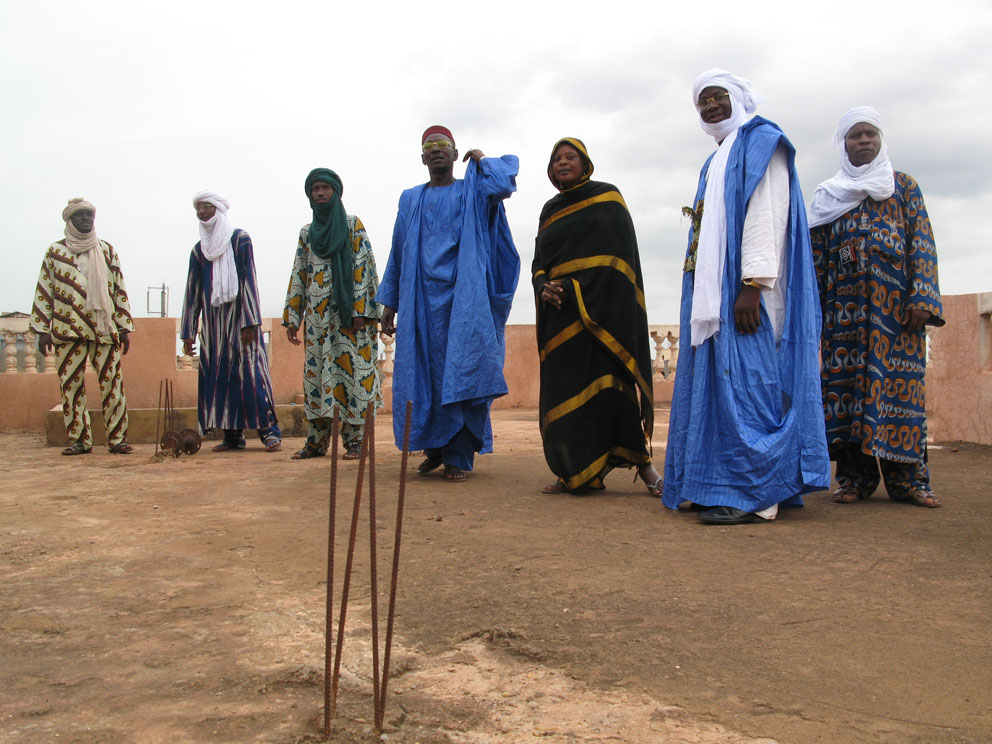
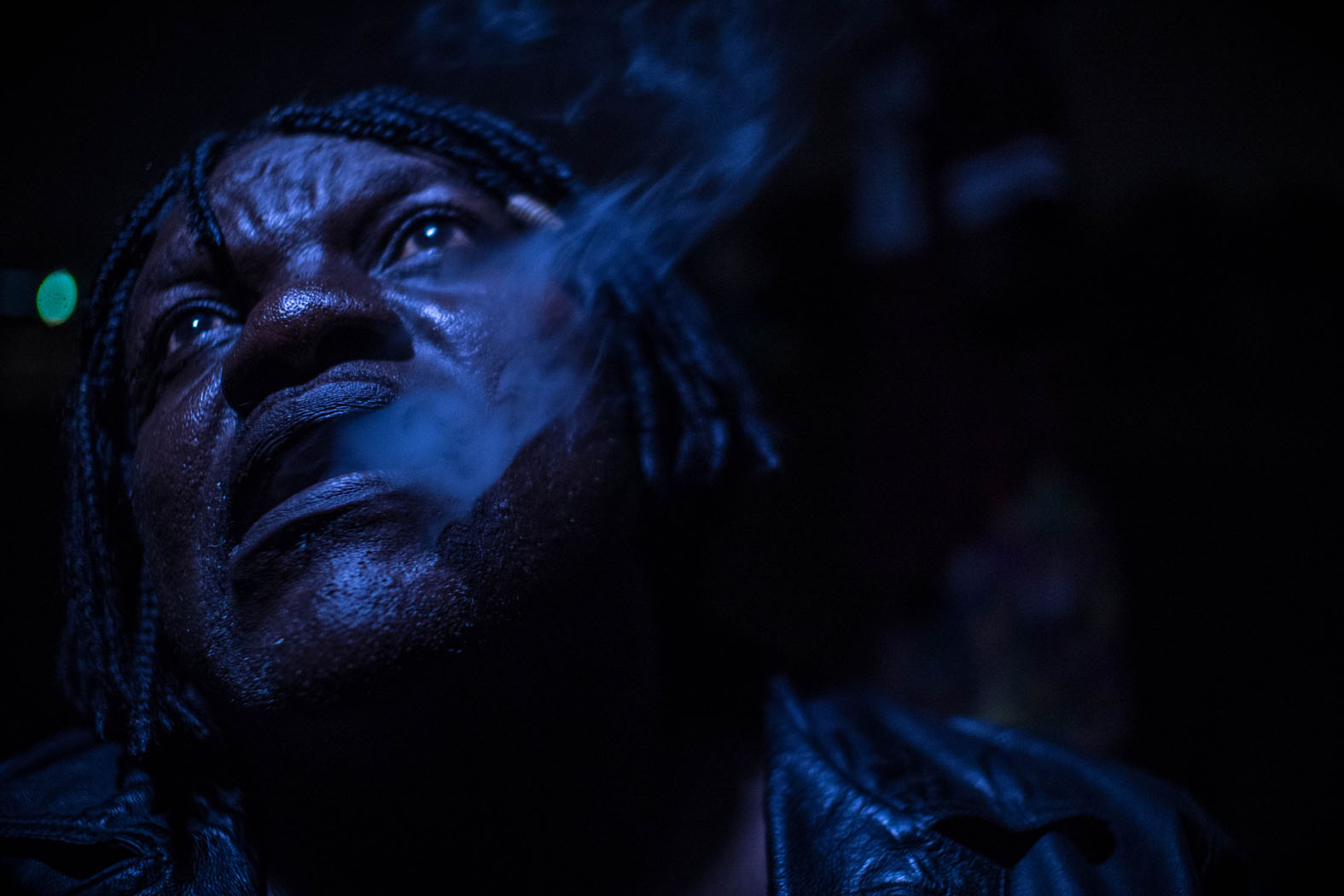
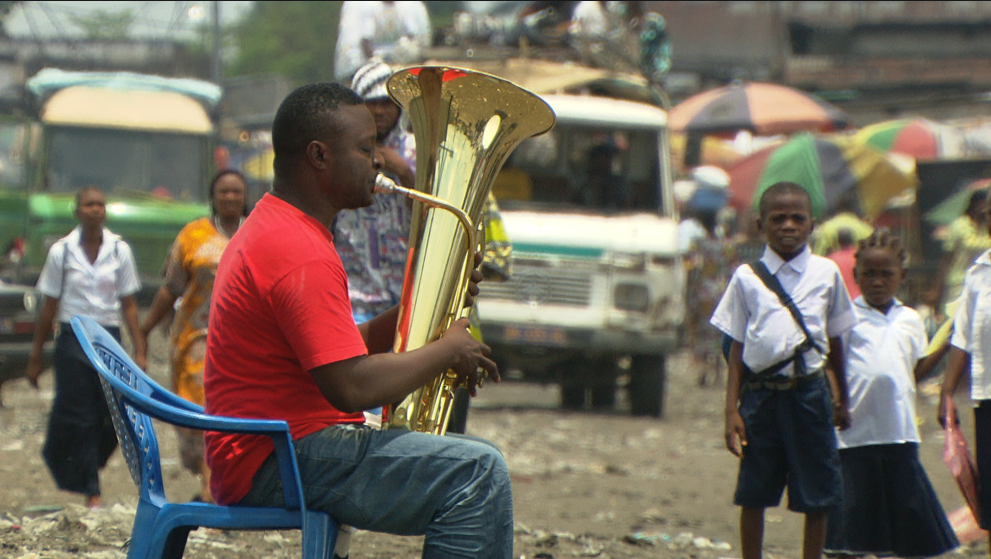

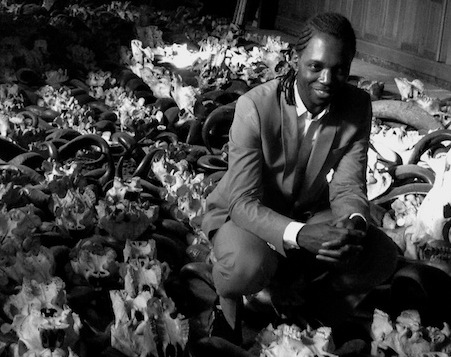
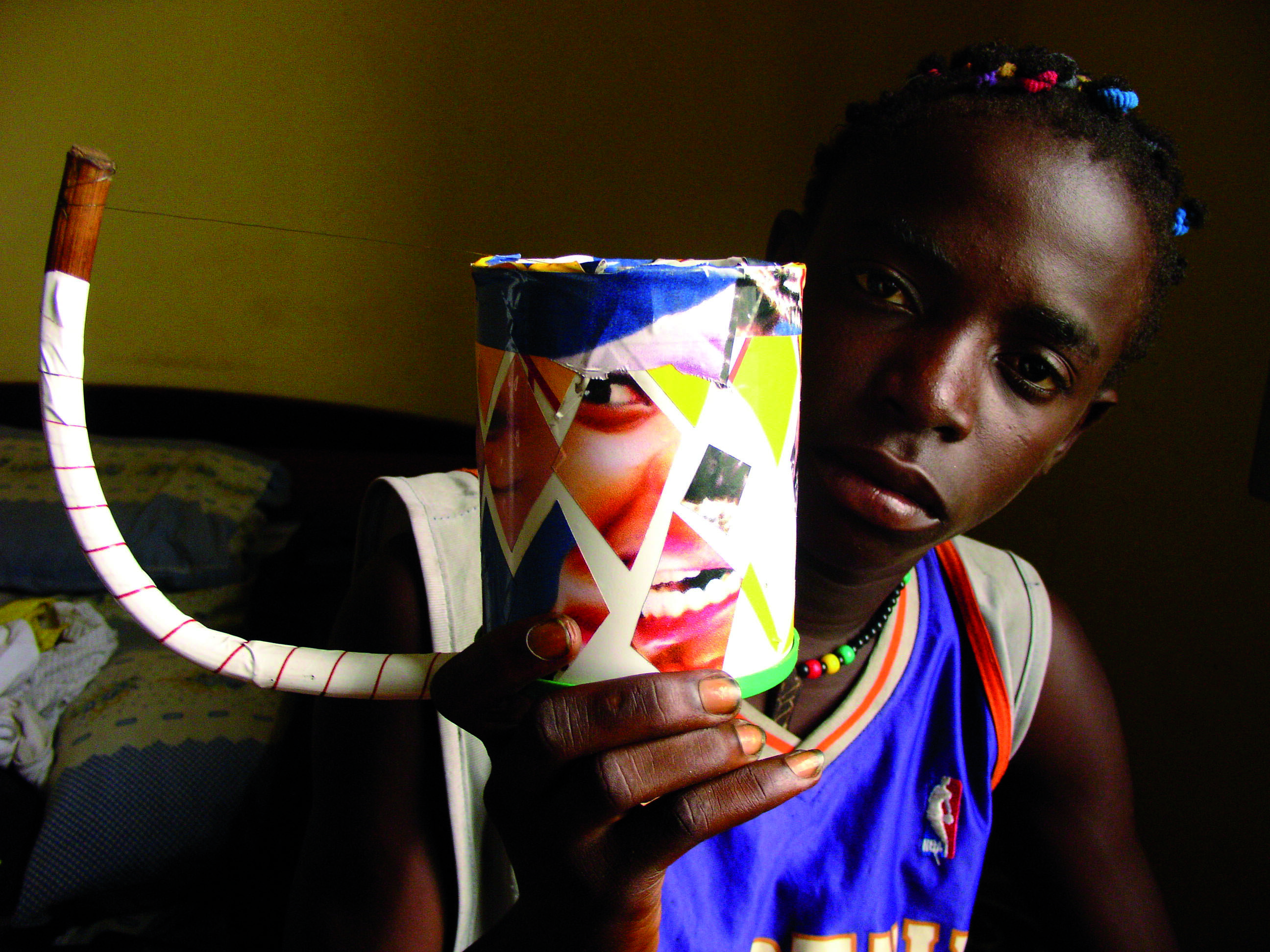
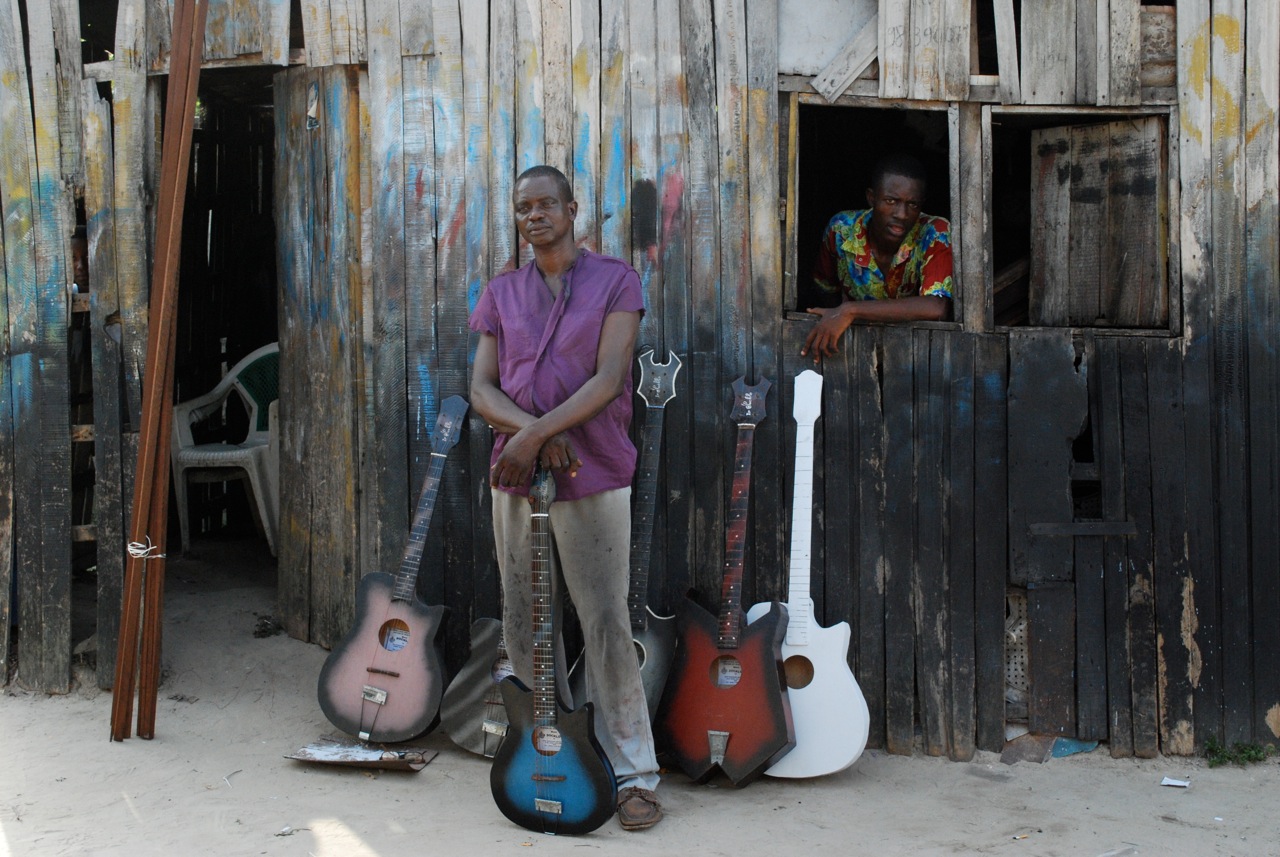
1 comment for “SUPER ONZE DE GAO – The takamba champions of the Niger bend.”